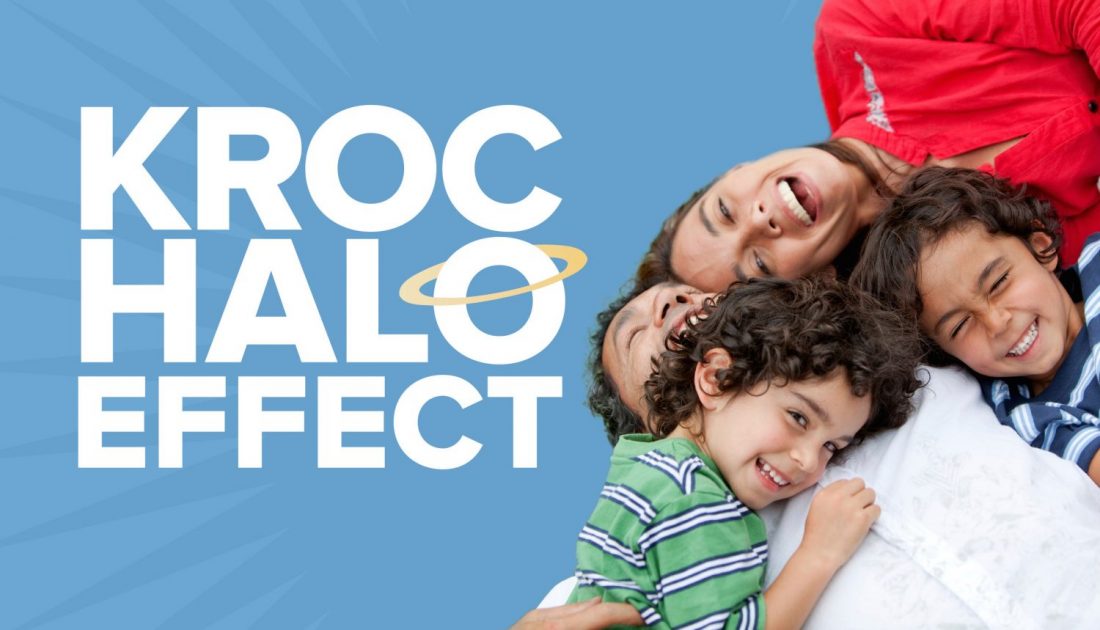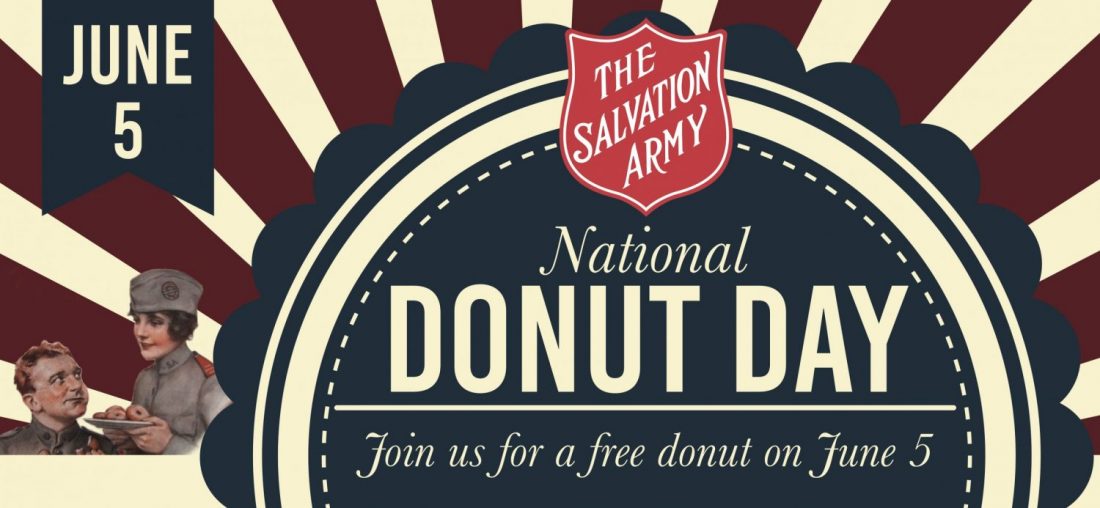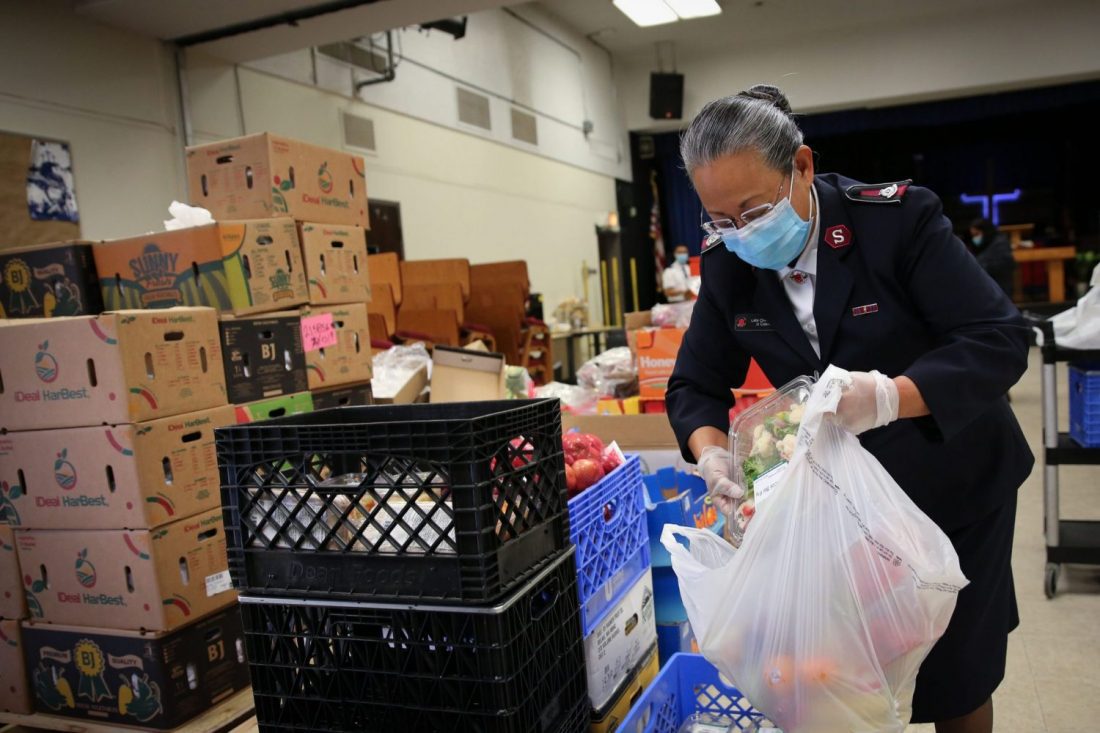Listen to this article
Listen to this article
Loading
Play
Pause
Options
0:00
-:--
1x
Playback Speed- 0.5
- 0.6
- 0.7
- 0.8
- 0.9
- 1
- 1.1
- 1.2
- 1.3
- 1.5
- 2
Audio Language
- English
- French
- German
- Italian
- Spanish
Open text
national study reveals impact of kroc centers. researchers quantify annual positive social and economic impact of centers of over $250 million. eleven years after joan kroc’s historic $1.5 billion bequest to the salvation army, 26 ray and joan kroc corps community centers are now open across the country. in a study commissioned by the salvation army, researchers at partners for sacred places and mcclanahan associates, inc. quantified the annual positive social and economic impact these centers are creating for and in their communities, totaling $258,178,776 (based on 2014 data). photo via the salvation army usa today, president barack obama visited the newest kroc center, in camden, n.j., highlighting the impact that investment in facilities and programs like kroc centers can have on the long-term health of local communities. the kroc centers are state-of-the-art venues typically located in underserved communities, where children and families can be exposed to a variety of people, activities and arts that would otherwise be beyond their reach. the centers enhance quality of life by providing a safe environment with an emphasis on fitness and health, the arts and opportunities to build social connections. “the research demonstrates in a quantifiable way the social and economic impact the kroc centers are having on people from the local community. they come, they get healthy, and they make important social connections. that’s the hallmark of what a kroc center is, and it creates a bona fide ‘economic halo effect’ of positive benefits,” said commissioner david jeffrey, national commander of the salvation army. the study included the 25 kroc centers that had been open for at least six months by the end of 2014 (the camden kroc center was not included because it opened in october 2014). the report is based on more than 100 interviews with staff, officers, participants, volunteers and community leaders; surveys of a representative sample of 1,580 patrons; and a review of operations-related documentation. researchers looked at six areas:. $99,195,478 – direct spending by the centers to hire a total of 797 full-time and 2,288 part-time staff, and to buy local goods and services. $70,601,194 – invisible safety net: various catalyzing or leveraging economic values for center users including membership subsidies, scholarships, space and in-kind support to individuals and community-serving programs. $48,738,141 – the value of people getting and staying healthier. $30,986,249 – magnet effect of induced spending in the local community by center visitors. $7,914,702 – the value of daycare programs that allow parents to work. $743,312 – outdoor recreation space. “anecdotally, we have understood from the outset that the kroc centers are fulfilling joan kroc’s vision of enriching lives,” jeffrey said. “we are blessed to have the scale and expertise to successfully implement her vision, and we are pleased that the ‘economic halo effect’ report confirms and quantifies this real and ongoing benefit to the people and communities we serve.”. separately, the study measures the one-time impact of construction-related spending for the 25 kroc centers studied, which exceeded $1.7 billion, with nearly 15,000 jobs created. the study does not include quantitative measures of individual impact related to individual counseling that helped keep families together, taught social values and skills, helped people find jobs, and more. while real and effective in their impact, insufficient economic valuation models led the researchers to exclude these activities from the overall total. “between the one-time impact of construction and the ongoing impact of the centers’ operations, we are extremely pleased to confirm that our kroc centers have already in effect surpassed the value of this amazing gift and will keep on giving through annual impact in those communities,” jeffrey said. “we thank our donors, volunteers and community partners for the critical role they play in ensuring that these community benefits continue and grow year after year.”.
Open context player
Close context player
Plays:-Audio plays count
national study reveals impact of kroc centers. researchers quantify annual positive social and economic impact of centers of over $250 million. eleven years after joan kroc’s historic $1.5 billion bequest to the salvation army, 26 ray and joan kroc corps community centers are now open across the country. in a study commissioned by the salvation army, researchers at partners for sacred places and mcclanahan associates, inc. quantified the annual positive social and economic impact these centers are creating for and in their communities, totaling $258,178,776 (based on 2014 data). photo via the salvation army usa today, president barack obama visited the newest kroc center, in camden, n.j., highlighting the impact that investment in facilities and programs like kroc centers can have on the long-term health of local communities. the kroc centers are state-of-the-art venues typically located in underserved communities, where children and families can be exposed to a variety of people, activities and arts that would otherwise be beyond their reach. the centers enhance quality of life by providing a safe environment with an emphasis on fitness and health, the arts and opportunities to build social connections. “the research demonstrates in a quantifiable way the social and economic impact the kroc centers are having on people from the local community. they come, they get healthy, and they make important social connections. that’s the hallmark of what a kroc center is, and it creates a bona fide ‘economic halo effect’ of positive benefits,” said commissioner david jeffrey, national commander of the salvation army. the study included the 25 kroc centers that had been open for at least six months by the end of 2014 (the camden kroc center was not included because it opened in october 2014). the report is based on more than 100 interviews with staff, officers, participants, volunteers and community leaders; surveys of a representative sample of 1,580 patrons; and a review of operations-related documentation. researchers looked at six areas:. $99,195,478 – direct spending by the centers to hire a total of 797 full-time and 2,288 part-time staff, and to buy local goods and services. $70,601,194 – invisible safety net: various catalyzing or leveraging economic values for center users including membership subsidies, scholarships, space and in-kind support to individuals and community-serving programs. $48,738,141 – the value of people getting and staying healthier. $30,986,249 – magnet effect of induced spending in the local community by center visitors. $7,914,702 – the value of daycare programs that allow parents to work. $743,312 – outdoor recreation space. “anecdotally, we have understood from the outset that the kroc centers are fulfilling joan kroc’s vision of enriching lives,” jeffrey said. “we are blessed to have the scale and expertise to successfully implement her vision, and we are pleased that the ‘economic halo effect’ report confirms and quantifies this real and ongoing benefit to the people and communities we serve.”. separately, the study measures the one-time impact of construction-related spending for the 25 kroc centers studied, which exceeded $1.7 billion, with nearly 15,000 jobs created. the study does not include quantitative measures of individual impact related to individual counseling that helped keep families together, taught social values and skills, helped people find jobs, and more. while real and effective in their impact, insufficient economic valuation models led the researchers to exclude these activities from the overall total. “between the one-time impact of construction and the ongoing impact of the centers’ operations, we are extremely pleased to confirm that our kroc centers have already in effect surpassed the value of this amazing gift and will keep on giving through annual impact in those communities,” jeffrey said. “we thank our donors, volunteers and community partners for the critical role they play in ensuring that these community benefits continue and grow year after year.”.
Listen to this article















